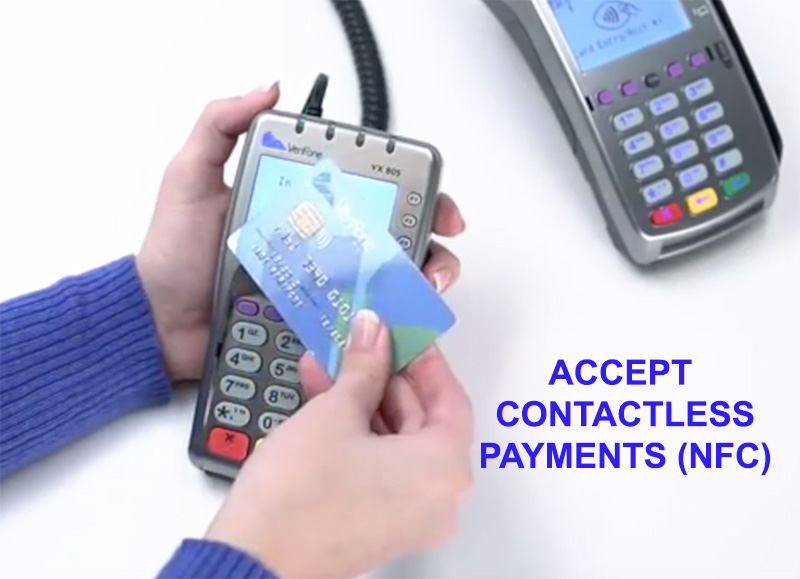


The new readers can boost your marketing efforts: Today’s credit card readers - and the processing technology connected to them - capture a lot of data about your customers, and you should use that data to your business’ advantage. These two factors could cost your business more money in the long run than the initial cost of switching to the new standard reader. Also, businesses are subject to fees from processing companies on each transaction that occurs without the proper EMV terminal or chip readers. made businesses responsible for in-store counterfeit card fraud cases involving readers that are not EMV-compliant. Not transitioning increases your exposure to noncompliance fees and liability: The 2015 EMV mandate in the U.S. If your company doesn’t offer chip card readers, you could be risking your reputation and relationship with customers. Consumers now expect businesses to help keep their financial information safe and protect them from fraud. While retailers are not legally obligated to transition to chip card readers, there are several reasons why it’s good for business:Ĭonsumers expect secure terminals: As of last June, more than 3.1 million merchant locations were accepting chip cards - a 680% increase since the beginning of EMV migrations in the U.S., Visa says. It’s not a prohibitive type of expense especially when you’re going to protect your company.” “Credit is a risky thing for any business out there,” says Roddey Player, owner of Queen City Audio Video Appliances in Charlotte, North Carolina, told local television station WBTV. However, many small business owners say they’re happy to make the switch. Merchants that haven’t adopted the new anti-fraud technology blame the delays on the cost of upgrading charge card systems and delays in obtaining certification for the machines. So, the only insurance your business has against liability is to offer your customers EMV technology.Ĭhip cards can be used anywhere cards are used, but the chip functionality only works at a business that has an activated chip-enabled terminal. 1, 2015, fraud liability shifted to the party with less secure systems. But once the EMV mandate when into effect on Oct. Prior to the shift to EMV cards, credit card issuers were primarily responsible for covering fraud affecting consumer accounts by reimbursing cardholders for the lost funds as a result of fraud. While chip cards aren’t foolproof, retailers that wait to switch to chip reader terminals are opening themselves up to increased fraud risk and responsibility. consumers as of August 2017, according to estimates by U.S. Some 855 million chip cards had been issued to U.S.

has been good news for banks and merchants, with credit card fraud dollars dropping by 75% from December 2015 to March 2018 for merchants who have made the change, according to a study released by Visa.Īdoption of such cards was swift. The transition to EMV chip cards in the U.S. That makes the likelihood of fraud much higher. After the smart chip communicates to the card processor to verify and authenticate purchase and availability of funds, the transaction is processed.īy contrast, magnetic strip cards don’t encrypt essential information, such as account number, name and expiration date. This helps obscure the purchaser’s actual credit card number during the purchasing process.
Credit card terminal emv code#
The chip in the card creates a unique transaction code that cannot be used again. It is the global standard for chip-based transactions. Why EMV Cards Reduce FraudĮMV stands for Europay, Mastercard, Visa. It’s now time for similar equipment to be introduced to minimize the effect of fraud.ĮMV cards have proved their value over the last three years and are an essential part of keeping your business and your customers secure. Luckily, there are now apparatus like Carnation counters that can identify counterfeit bills and protect businesses from being frauded. has seen the same thing happen with cash too. marketplace with the promise of cutting down on what was then $21.86 billion in credit card fraud globally, according to the Nilson Report. However, in 2015, a new form of cards embedded with EMV-chips entered the U.S. The process was quick and straightforward - but it wasn’t the most secure method, and fraud was common. It wasn’t too long ago that merely swiping your credit or debit card was the standard at checkout.


 0 kommentar(er)
0 kommentar(er)
